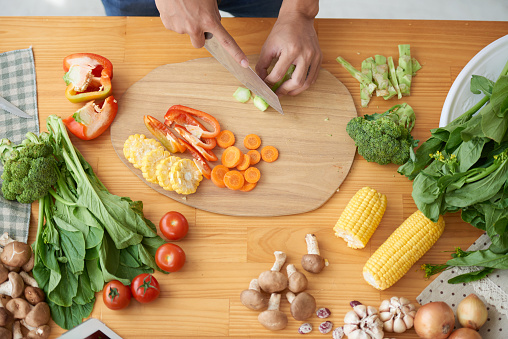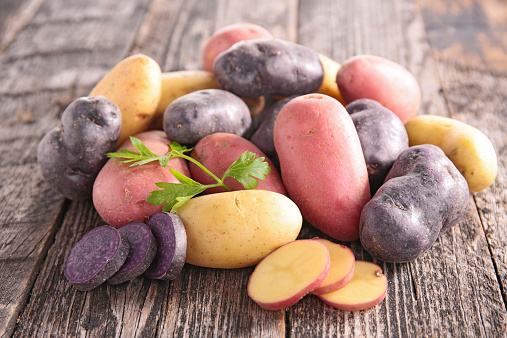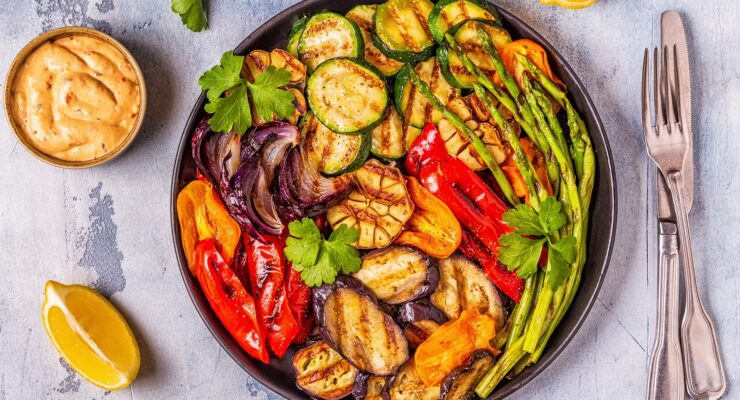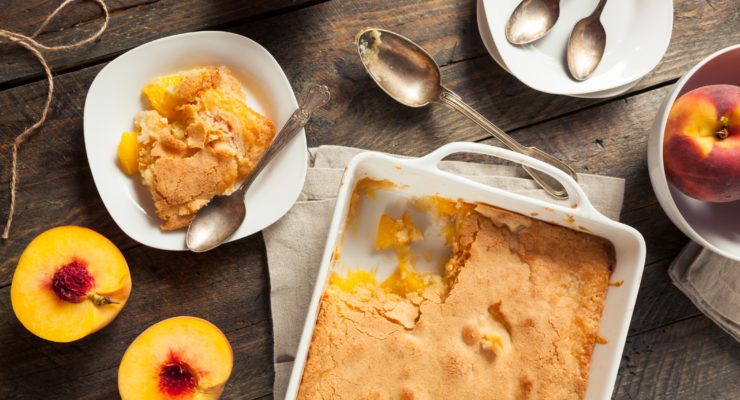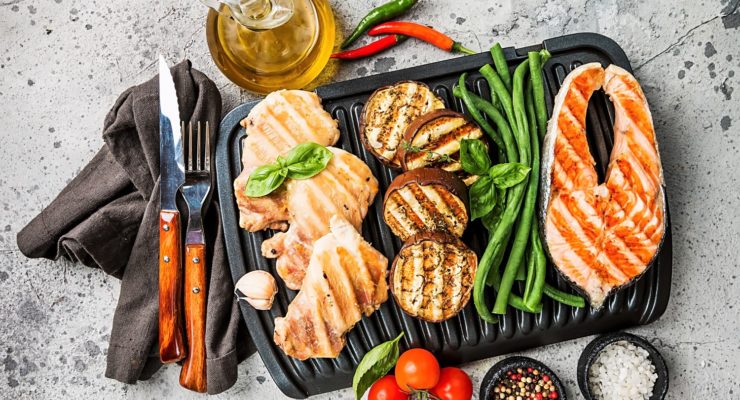7 Sneaky Ways to Get Your Fiber Fix
Article posted in: Diet & Nutrition
When you hear about the benefits of eating fiber, it sounds almost like a magical nutrient. Fiber can lower your body’s cholesterol levels, stabilize your blood sugar, and keep your digestive system working smoothly. When you’re working toward a weight-loss goal, fiber plays a critical role in preventing hunger pangs for hours after eating. Sometimes called roughage, fiber fills your stomach, signaling your brain that it’s time to stop eating.
Fiber comes in two forms: Soluble and insoluble. The soluble type absorbs water in your body, forming a kind of gel that slows the absorption of sugars into your bloodstream. When your blood sugar levels stay balanced, your body produces less insulin and is less likely to store calories as fat. Insoluble fiber does not break down or dissolve in your digestive tract, but it gathers up waste in your system and carries it out of your body, protecting you from constipation and other discomforts.
Researchers at the University of Massachusetts measured the impact of eating fiber on weight loss and reported their results in the Annals of Internal Medicine. The scientists found that overweight people who increased their fiber intake to 19 grams a day (but made no other changes to their diet) lost an average of nearly five pounds and kept it off for 12 months.
Women under 50 years old will be healthiest with 25 grams of fiber a day; 38 grams is ideal for men. (The amount for people age 50 and older drops to 21 for women and 30 for men.) The average American consumes about half of the fiber they need each day, according to the Academy of Nutrition and Dietetics.
Vegetables and fruits, legumes, whole grains, nuts and seeds are the richest sources of fiber. And they are all part of a healthy diet, particularly for people who want to maintain a healthy weight. So we gathered these smart but subtle ideas to help you deliciously ramp up your fiber intake each day:
1. Sprinkle Seeds
Add ground flaxseed to yogurt or your favorite hot cereal. In two tablespoons of the seeds (a PowerFuel for those following a Nutrisystem weight loss plan), you get about two grams of fiber.
2. Potato Swap
Instead of ordinary white potatoes, eat baked sweet potatoes (SmartCarbs), which have two grams more fiber per tuber. If you don’t like sweet potatoes, eating the outer skin of the regular (organic, preferably) potato gives you a gram of fiber.
3. Greener Sauce
Blend chopped spinach (fresh or frozen) into your favorite pasta sauce and you get an extra two grams of fiber with each half-cup of the vegetable.
4. Pasta Choice
Ordinary semolina pasta has the fiber removed, but a half-cup of whole-wheat noodles (the recommended serving of this SmartCarb) provides you with nearly three grams of fiber.
5. Bean Boost
Chickpeas (aka garbanzo beans) are SmartCarbs that are loaded with fiber. Toss a half-cup into your favorite soup or salad and you pick up a whopping six grams of fiber.
6. Pizza Topping
Mushrooms not only add savory flavor and a healthful vegetable to your favorite slice, they provide one gram of fiber in each half-cup. Sprinkle on a teaspoon of oregano or basil and you add another one gram of fiber without increasing the calorie count.
7. Almond Joy
At snack time, munch on a half-ounce of the nuts (a PowerFuel) and you’ve got another two grams of fiber toward your daily total.


